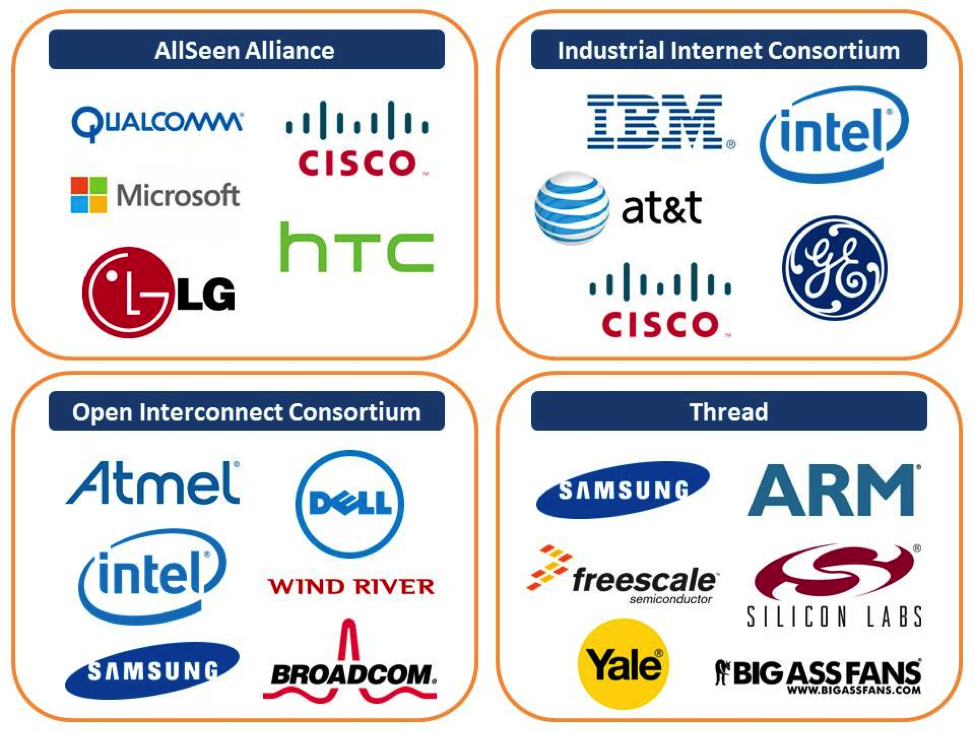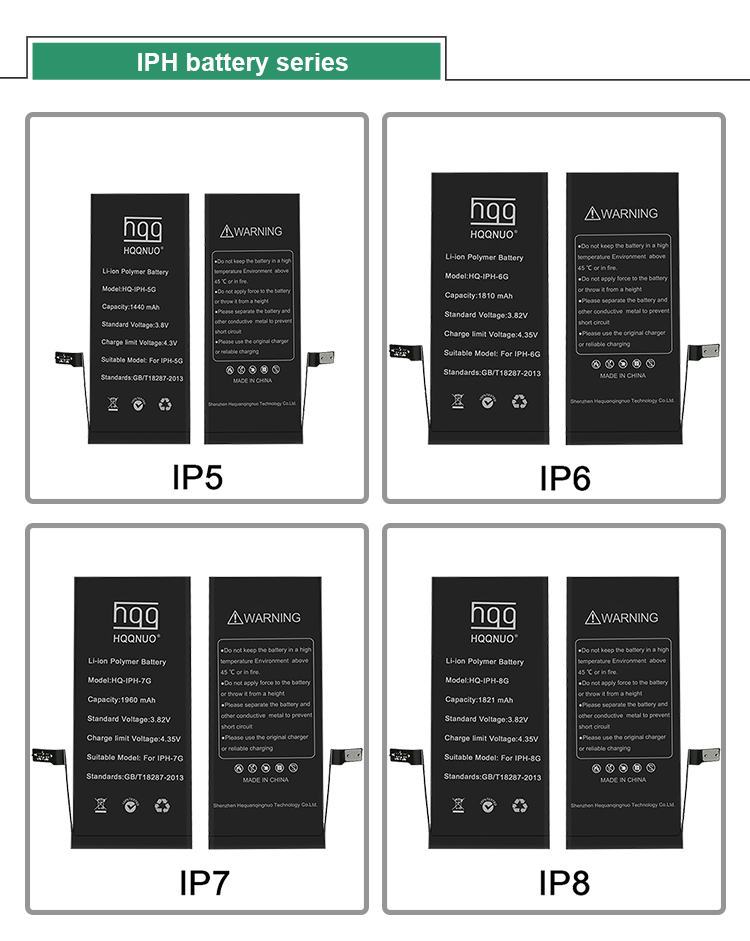Qualcomm, Intel, ARM, Samsung, Microsoft, Google, Dell... All the hardware and software giants you can think of are on the Internet of Things. Because the Internet of Things is an emerging industry that includes customer premises equipment, infrastructure (such as pipelines), and cloud-based data centers, there is no single world in the Internet of Things. Considering the problem of interest entanglement between some oligarchs, this market has already shown a pattern of hegemony, the protagonist is the IoT Standards Alliances.
However, with the rapid development of the Internet of Things industry and the continuous expansion of the market, this pattern of hegemony may soon be terminated. Just a few days ago, the Thread led by Google and another big league Zigbee announced the convergence. PingWest has learned from Intel's senior vice president and general manager of the Internet of Things business unit Douglas Davis that Intel (the leading alliance) will not rule out the possibility of alliances with similar IoT standards alliances.
To understand why the pattern ends, we must first understand what the pattern looks like.

Mainstream Internet of Things Standards Alliance
Mainstream Internet of Things Standards Alliance
AllSeen (Alljoyn), OIC, IIC, Thread, Zigbee... The world of IoT Standard Alliance has many big players, and when you look deep into the alliances, you will find many companies staying in several leagues at the same time - this It is easy to be confused by people who are not familiar with this new market.
The common name for a standard alliance such as Thread and Zigbee is called the Internet of Things communication protocol. In order to save trouble, you can understand them as a standard alliance of "hardware" in terms of the distinction between hardware and software. Alliances such as the AllSeen Alliance and Intel-led OIC are more like standard alliances between "software", "software and hardware", and "software and cloud".
To put it bluntly, the main difference between OIC and AllSeen is the resistance to Qualcomm, so it is much easier to understand. Intel's full line of products uses the x86 computing architecture, while Qualcomm is the world's largest R&D, production and marketer of ARM architecture products. Although Qualcomm has publicly stated that it will not make profits through AllJoyn/AllSeen, we all know that this is the same as saying that it is the core computing technology provider of IoT devices and a large number of IoT devices that can be used. It is obvious that the holders of communication patent technology and chip manufacturers can indirectly obtain profits by fostering their respective IoT equipment alliances.
In other words, as the two companies representing the future computing and communication standards for two IoT devices, ARM and x86, Qualcomm and Intel are likely to be the two oligarchs of the entire IoT world.
The mainstream analysts in the world have given very good predictions for the future IoT market. According to estimates, the number of IoT devices currently connected to the world has reached 15 billion, and most organizations believe that this number will skyrocket to 50 billion by 2020. Therefore, in the next five years, the growth of 35 billion to 15 billion yuan will become the battlefield for the deployment of major IoT devices and service providers...
Wait, is it really a battlefield?
For terminal manufacturers and users of IoT devices, it is clear that a set of standards is the best solution to protect the interests of users and OEMs and ODMs. After all, everyone does not want to purchase a smart home device by 2020. It turned out that half of the devices could not communicate with the other half. American technology media Re/code author Ina Fried once wrote:
Only when there is someone who finally wins or reaches a ceasefire, can the world's IoT devices have a chance to really connect.

Douglas L. Davis / Intel
(there's no way all of these devices will actually be able to all talk to each other unTIl all this gets settled with either a victory or a truce.)
Daisy is not willing to give a particularly clear answer to Intel's position in the new market for the next 35 billion IoT devices. But in a Q&A session, he told me that if there is a plan in the future, it will be announced at the right time.
Regardless of whether Bluetooth, Wi-Fi or any new communication standard is interconnected between IoT devices, the opportunity for alliances at the "software" level of the Internet of Things is always there, only in the case of two different architectures for x86 and ARM. There will be some technical difficulty when the set is adapted - obviously this is not a problem. For example, a desktop operating system such as Linux or Windows can run on any instruction set architecture, and the degree of adaptation optimization will only be a matter of time. .
In fact, Windows is a best example. Earlier last month I reported on Microsoft's release of the IoT version of the Windows 10 operating system, which runs the same set of kernel-driven system-level services and software on different x86 and ARM architectures. Obviously, for the Internet of Things market, convergence is the ultimate trend in the future.
The Cell Phone Battery uses the imported high quality IC chips with original seal,from the storage of the cell to the output, it breaks through the shortage of the previous chip conversion rate of 99% and comprehensively upgrades the conversion rate to 99.9%.
Our Mobile Phone Battery is designed of double fuse to prevent short circuit,automatic short circuit recovering with the memory metal fuse.
Five security makes the cellphone more competitive:1)Strong power storage 2)Quick charge 3)Durable upgrade 4)safe using 5)High efficiency.

Mobile Phone Battery
Cordless Phone Batteries,Cell Phone Batteries,Cheap Cell Phone Batteries,Samsung Mobile Phone Batteries
Shenzhen Hequanqingnuo Electronic Technology Co., Ltd. , https://www.hqqnbattery.com